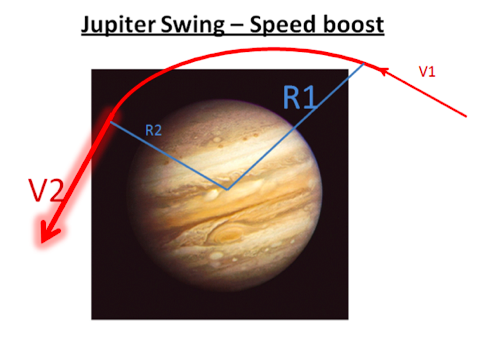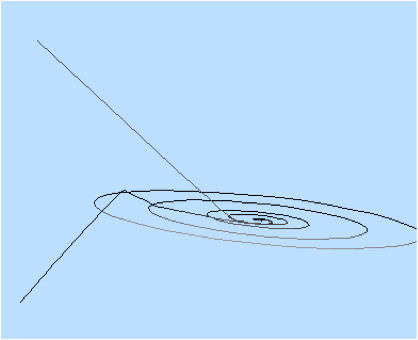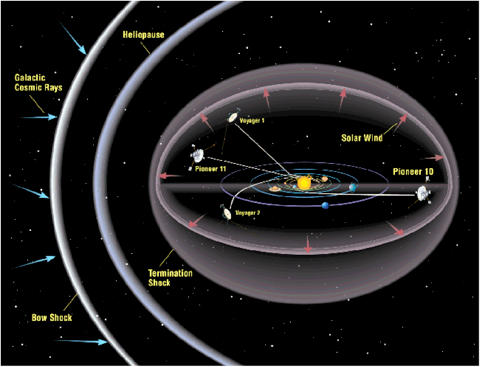For yet another speed boost that does not require fuel carried from Earth, the upper section of the rocket could swing relatively close to the surface of Jupiter on its way out of the solar system. Jupiter’s immense size and consequently higher gravitational pull can take the rocket from a larger radius near the planet (about 100,000km-500,000km from the cloud surface) and pull it into a smaller radius during its tangential pass, increasing the speed. This initial radius from Jupiter needs to be small enough for the greatest speed increase, but large enough to avoid being trapped in a Jupiter orbit or a crash to the surface.

This swing also needs to point the satellite towards the exoplanet after breaking free from Jupiter’s gravity field. Small onboard attitude adjustments can be made to specifically control the direction to the destination, but the position of Jupiter relative to Earth at launch should be lined up to make this transition smooth with little usage of precious onboard energy for direction control.
The following figure shows the act of leaving the plane of the Solar System:

The journey from Earth to Jupiter should take just over one year of travel. After this stage, the rocket will leave the plane of the solar system to travel in a direct line path towards the destination exoplanet.
Extra-solar concerns:




